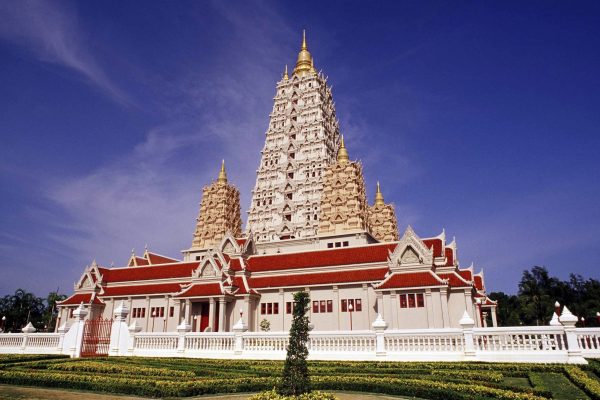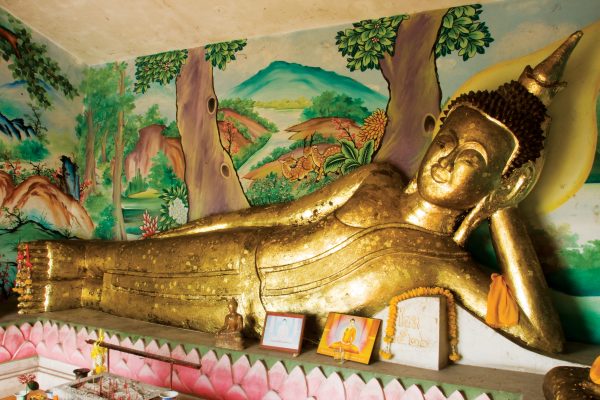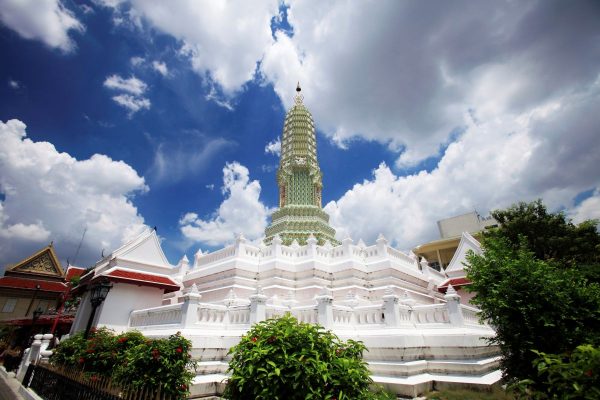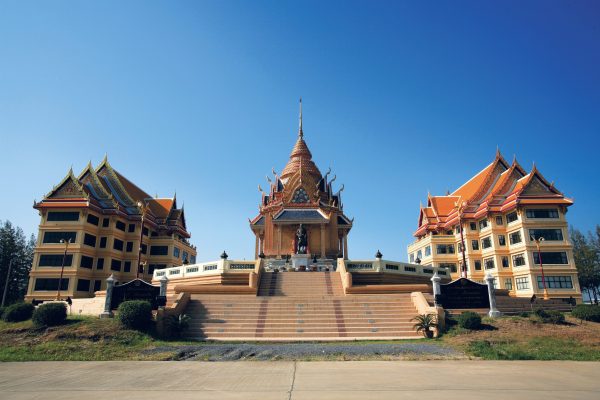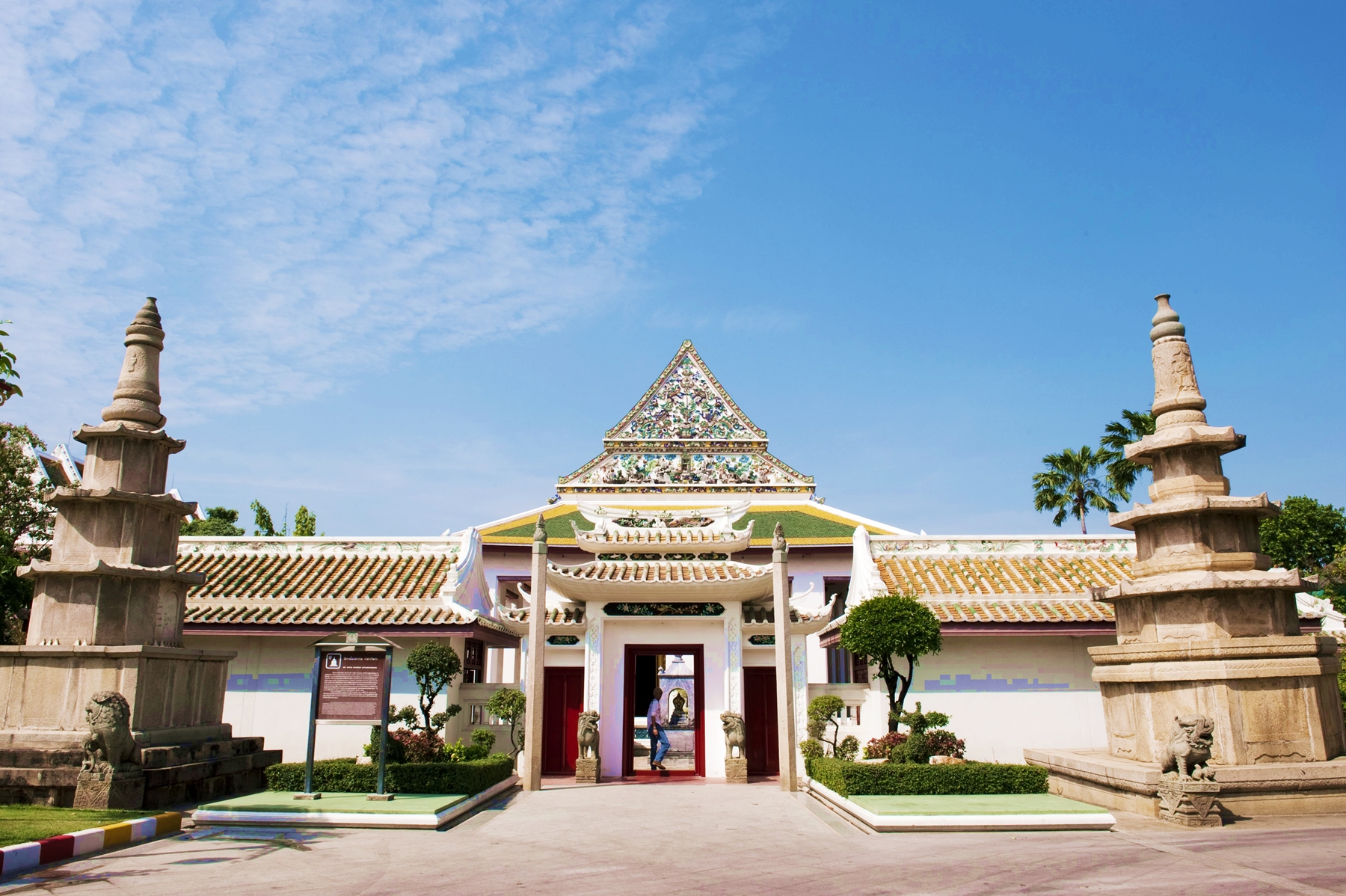
Wat Ratchaorasaram Ratchaworawihan
Wat Ratchaorasaram Ratchaworawihan is a first class royal monastery, or Ratchaworawihan, and a royal temple of Chakri dynasty’s King Rama III. This temple is situated on Ekachai Road in Bang Kho Sub-district, Chom Thong District, Bangkok. It is connected to not only the west side (Thonburi side) of Khlong Sanam Chai, but also Khlong Bang Wa on the north side of the temple. It is an ancient temple constructed before the establishment of Rattanakosin Kingdom. It is said that this temple was a common monastery built during Ayutthaya period. In the past, it was called “Wat Chom Thong,” “Wat Chao Thong,” or “Wat Gong Thong.” However, the founder of this temple is still unknown. Prince Chetsadabodin (later crowned King Rama III) had the whole Wat Chom Thong renovated after he had led the Thai army to intercept the Burmese army at the Three Pagodas Pass in Kanchanaburi Province in 1720. When the naval army reached Wat Chom Thong on Thonburi side, the prince decided to pause and perform a religious ceremony called Khon Thawan, according to the old Treatise on War Strategy. He also wished to have victory in this war but the Burmese army did not come; therefore, he had the entire Wat Chom Thong renovated and offered it as royal monastery. King Rama II, then, renamed the temple “Wat Ratcha Orot,” which means the king’s son-Prince Chetsadabodin. Although King Rama III was still a prince when he founded the temple, the renovation was personal so he restored the temple’s artistic work for his favor. As a consequence, Wat Ratcha Orot is the first temple mostly decorated in Chinese style which is combined perfectly and spectacularly with Thai style. The harmony between the two styles can be seen in the ordination hall and the image hall, for instance. There is no typical Thai decoration like Chofa, Bai Raka, and Hang Hong on the roof of the ordination hall but the roof is covered with Thai-style glazed porcelain tiles instead. Besides, the monk’s cell is constructed like the building, instead of the original Thai wooden house. The ornamentation of the temple is combined between Chinese and Thai styles; for example, the door and window panels in the image hall where the Reclining Buddha is housed are adorned with Xiao Gang (Chinese door guardian figure) instead of Theppanom pattern or typical Thai pattern. In addition, the gables of the ordination hall and the image hall are also covered with glazed porcelain tiles. This marks the first time of the perfect and neat combination of art.

